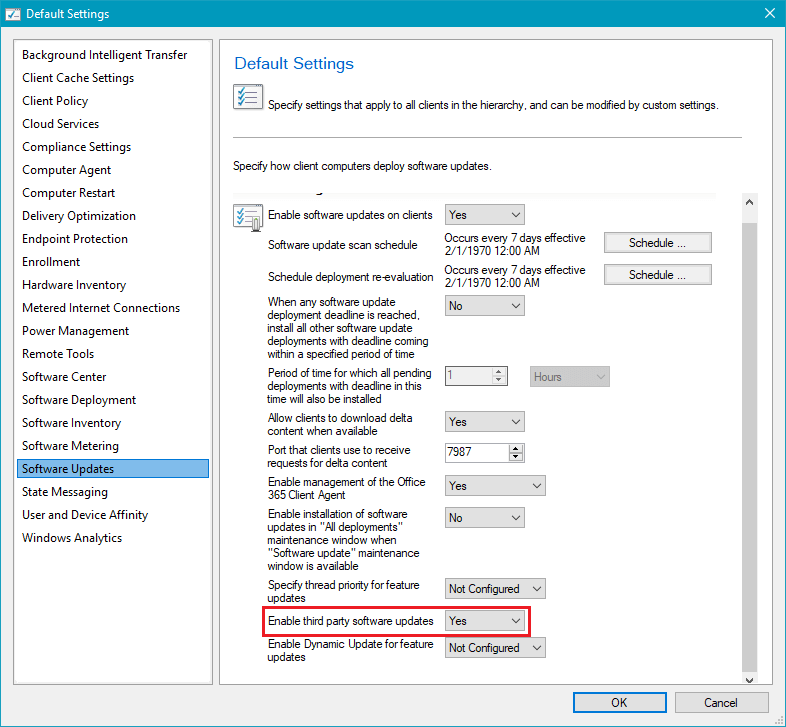

#Software update enabler install#
You can also install additional application using PPA (Personal Package Archive). It will add a new entry in your sources.list.
#Software update enabler software#
You can also add third-party repositories (it’s up to you if you want to do it) to access more software or to access newer version of a software (as Ubuntu might provide old version of the same software).įor example, if you add the repository provided by VirtualBox, you can get the latest version of VirtualBox. The above five repositories are provided by Ubuntu.

Third party repositories and PPA (Not provided by Ubuntu) Earlier, Ubuntu used to provide Skype through this repository. This repository consists of proprietary software packaged by Ubuntu for their partners. The restricted repositories consist of proprietary drivers.
#Software update enabler free#
Ubuntu tries to provide only free and open source software but that’s not always possible specially when it comes to supporting hardware. It’s up to you to decide if you want to use the Multiverse repository and check if you have the right to use the software. Due to licensing and legal issues, Ubuntu cannot enable this repository by default and cannot provide fixes and updates. Multiverse contains the software that is not FOSS.

The Universe repository has a vast amount of open source software and thus it enables you to have access to a huge number of software via apt package manager. Software in this category are packaged and maintained by the community. This repository also consists free and open source software but Ubuntu doesn’t guarantee of regular security updates to software in this category. This is what Ubuntu will provide with security updates until your system reaches end of life. Software in this repository are fully supported by the Ubuntu developers. The main repository consists of only FOSS (free and open source software) that can be distributed freely without any restrictions. When you install Ubuntu, this is the repository enabled by default. Why Ubuntu does that? Why not put all the software into one single repository? To answer this question, let’s see what are these repositories: Main Software in Ubuntu repository are divided into five categories: main, universe, multiverse, restricted and partner. Ubuntu Repositories: Main, Universe, Multiverse, Restricted and Partner

Now you know how repositories play an important role, let’s see why there are several repositories provided by Ubuntu. Keeping this information locally speeds up the search process because you don’t have to go through the network and search the database of available packages just to check if a certain package is available or not. You can see this in /var/lib/apt/lists directory. When you update Ubuntu using the apt update command, the apt package manager gets the information about the available packages (and their version info) from the repositories and stores them in local cache. In fact, you can go to the above server address and see how the repository is structured. Repository information is usually in the following format: deb bionic main The APT package manager gets the repository information from the /etc/apt/sources.list file and files listed in /etc/apt/ directory. This centralized way of providing software is one of the main strong points of using Linux. Ubuntu provides a set of repositories so that you won’t have to search on the internet for the installation file of various software of your need. A repository is nothing but a server that contains a set of software. Have you ever wondered where does the apt program install the programs from? How does it know which packages are available and which are not?Īpt basically works on the repository. So all the software (except Snap packages) that you see in the Software Center are basically from APT. This is the same APT package manager that Ubuntu Software Center utilizes underneath. Okay, so you already know that to install software in Ubuntu, you can use the apt command.


 0 kommentar(er)
0 kommentar(er)
